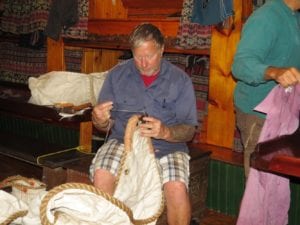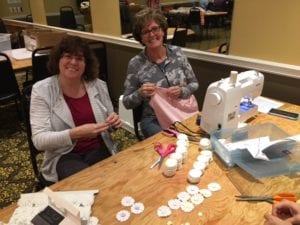As we sit crunching numbers for 2018-19 proposed school budgets, we can’t help but wonder how many parents and taxpayers are paying attention. We already know the answer — not enough.
School taxes make up more than 60 percent of the average homeowner’s property taxes in Suffolk County, according to a 2017 analysis done by ATTOM Data Solutions, a real-estate information firm. Despite this fact, voter turnout for school budgets remains dreadfully low year after year.
In May 2017, the ballots cast by a mere 412 people determined how Port Jefferson School District would spend its more than $43 million to educate about 1,000 enrolled students. Now, its taxpayers face coming to terms with a settlement of Long Island Power Authority’s lawsuit over the tax assessment of the power plant and what it might mean for their wallets.
To cast an educated vote May 15 on your district’s proposed 2018-19 school budget is a test of every Long Island taxpayer. There’s a little more than a week left, so start studying.
Ever since the Parkland, Florida, high school shooting Feb. 14, this year has been marked by tense debates between students, parents and school administrators over school safety. On March 14, Rocky Point High School students participated in the National School Walkout despite knowing they would face in-school suspension. These students brought their dissension to the board of education trustees. Elections for these vital positions are held annually during the budget vote. Unfortunately, only 909 people in Rocky Point voted in 2017 on who would be determining if the students’ punishment was fair.
The most direct way to make changes in a school district’s policy is to vote and become involved. The elected trustees on a board of education participate in the lowest form of government, smaller than the town or county government, but that shouldn’t reflect on the importance of the job. By running and winning a seat on the board, one can propose changes to a school district’s security measures or educational policies. This civic involvement is vital to bringing about change.
Yet all too often board of education races have little to no contest. The board of education trustee races tend to have even fewer ballots cast than the annual budget.
If Long Islanders want to be a force of change behind the factors creating high property taxes and have a say on poignant issues like school security, get out and vote. Ask questions of your board of education candidates to find out where they stand. Attend budget presentations to see exactly how your tax dollars are being spent. The polls will be open Tuesday, May 15. Take five minutes while dropping off or picking up your child from school to cast your ballot. It can make a difference in their education, and then you too can say you’ve done your homework.



























